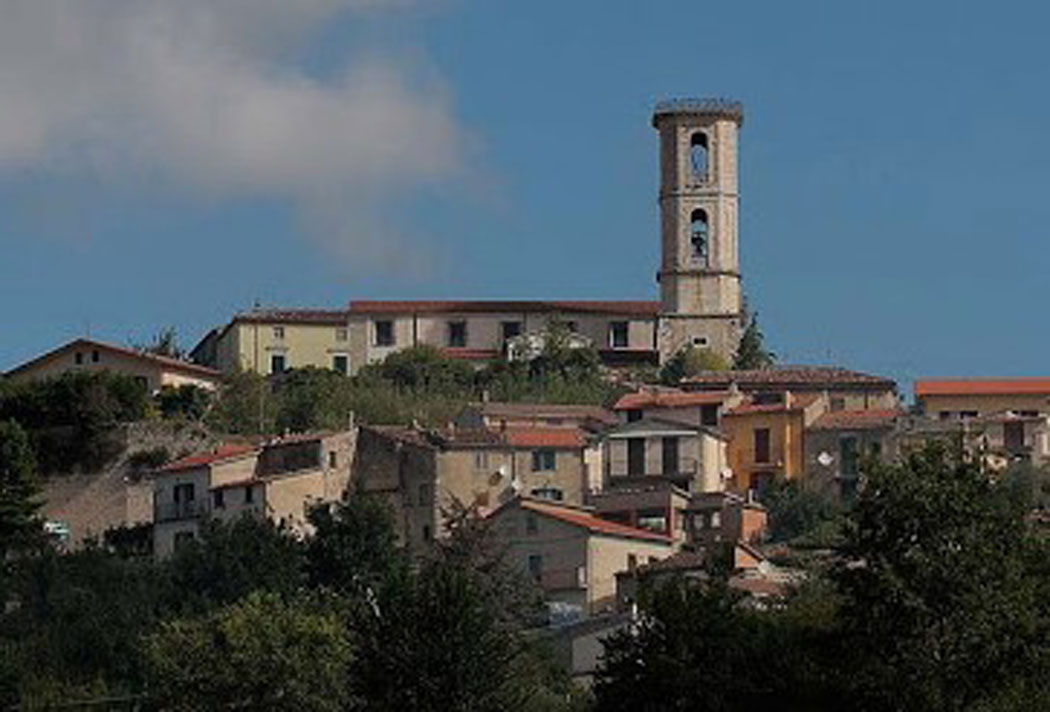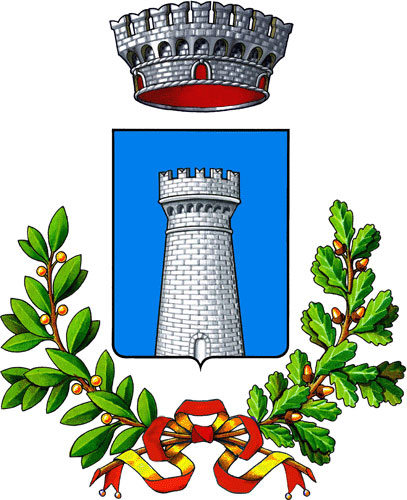

Vinchiaturo is a small village in the heart of Italy, in Molise, on a spur at 620 meters above sea level near the pass that connects the Biferno Valley with that of the Tammaro. It has been a strategic place, where in the past the routes of transhumance (seasonal stock migration) and, therefore, of commerce and trade crossed.
State roads and the railway still go along this pass.
It is a place of unspoiled nature with a view of the Matese Mountains and with mountain lakes that open onto the Apennine woods.
Its history began with the proud people of the Samnites that the Romans had to face in 3 wars before they could win and expand their territory. And they managed to defeat them thanks to a series of alliances because the Samnites were indomitable on the field.
Legends tell that this part of Molise was the territory of the Pentri, one of the four Samnite tribes that were part of the Legion Linteata of the Samnite army, that is the legion made up of the most valiant soldiers who, with a particular sacred ceremony, swore to fight until death.
According to some historians, the ancient Samnite city of Ruffirio was located in the Monte Verde area and traces of megalithic walls were found. The name Vinchiaturo would refer to the battles between the Romans and the Samnites and to the fact that the Romans carried the Samnite prisoners in chains (Vincula Catenis) and built a control tower in the ancient Samnite city. This story would be eventually told in the municipal coat of arms which shows a tower with two chains hanging on the sides.
The arrival of the Romans in the third century BC led to an organization of the territory, the land throughout Abruzzo and Molise was given to settlers and a long period of peace began which is not recorded. Roman remains can be found in the foundations of the church of Santa Maria di Guglieto, which was built on a temple probably dedicated to Venus, as well as a Roman torso, the remains of a column, inscriptions and a memorial stone.
The fall of the Roman Empire and the arrival of hordes of barbarians pushed the population to find refuge on the heights and shelter in fortresses or monasteries. A new order was created by the Lombards and Vinchiaturo entered the Duchy of Benevento. Under the bell tower there are remains of a prison and a tower protected by a drawbridge.
The Lombards had divided the territory into administrative areas and Vinchiaturo became part of the Bojano County of the Counts of Molise.
At the same time, there was an increasingly widespread organization of the Catholic church with monasteries and the creation of bishopric.
In Vinchiaturo a small Benedictine centre was founded in 689 by the monk Dauferio and around the year 1000 it was transformed into a monastery with its own abbot. This Sanctuary of Monte Verde also had the function of preserving ancient knowledge, helping the population to cultivate the land and it managed a mill, as shown by an report of Abbot Ferulfo at the end of the XII century.
In the 11th century, the abbey had grown a lot and a small village had formed, which would later be abandoned due to two earthquakes, in 1349 and 1456.
In 1280 the Sanctuary of Santa Maria delle Fratte was erected, led by the Carmelite fathers, an order born from the desire to get closer and closer to the word of Jesus.
In 1449 Vinchiaturo became a fiefdom and was assigned to the Sanfromonte family, of French origin and who had come to Italy following the Angevin kings. The first true urban nucleus of the village was formed around the stately building, inhabited by families who left the area of the abbey that had been destroyed by the earthquake. These were followed by the Trossa and Senescallo di Capua.
In 1550, the Sanfromonte family sold the fiefdom of Vinchiaturo to Baron Federico
Longo and a local story tells that it was he who designed the emblem of the town. The Longo family acquired the title of Marquis in the seventeenth century and maintained the fiefdom until 1806, when feudalism was abolished with the arrival of Napoleon.
In the seventeenth century, then, the Franciscans had founded the Convent of Santa Lucia which led to the birth of another small village.
A great innovation for Vinchiaturo was the construction of the Strada dei Pentri (Pentri Road), which the Bourbon kings created to connect Isernia and Campobasso and which passed right through the centre of Vinchiaturo.
In 1805 a catastrophic earthquake destroyed the historic centre which was then rebuilt according to new styles: neoclassical and Umbertine.
After the unification of Italy, Vinchiaturo saw several waves of inhabitants leave the town to seek fortune abroad. Their stories are told in the Emigration Museum and on the Monument to the Emigrants.
Cover picture by Mangiare in Molise








Follow us